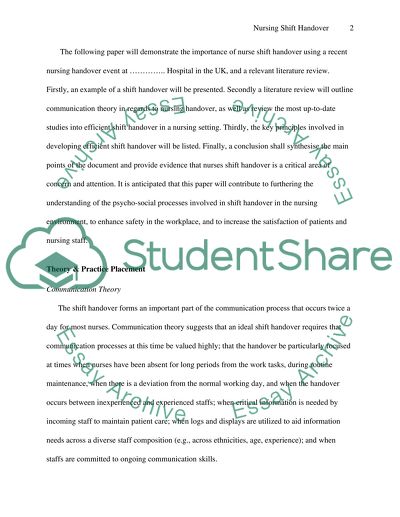Cite this document
(“Nursing Shift Handover Research Paper Example | Topics and Well Written Essays - 3500 words”, n.d.)
Nursing Shift Handover Research Paper Example | Topics and Well Written Essays - 3500 words. Retrieved from https://studentshare.org/nursing/1537778-shift-handover
Nursing Shift Handover Research Paper Example | Topics and Well Written Essays - 3500 words. Retrieved from https://studentshare.org/nursing/1537778-shift-handover
(Nursing Shift Handover Research Paper Example | Topics and Well Written Essays - 3500 Words)
Nursing Shift Handover Research Paper Example | Topics and Well Written Essays - 3500 Words. https://studentshare.org/nursing/1537778-shift-handover.
Nursing Shift Handover Research Paper Example | Topics and Well Written Essays - 3500 Words. https://studentshare.org/nursing/1537778-shift-handover.
“Nursing Shift Handover Research Paper Example | Topics and Well Written Essays - 3500 Words”, n.d. https://studentshare.org/nursing/1537778-shift-handover.


